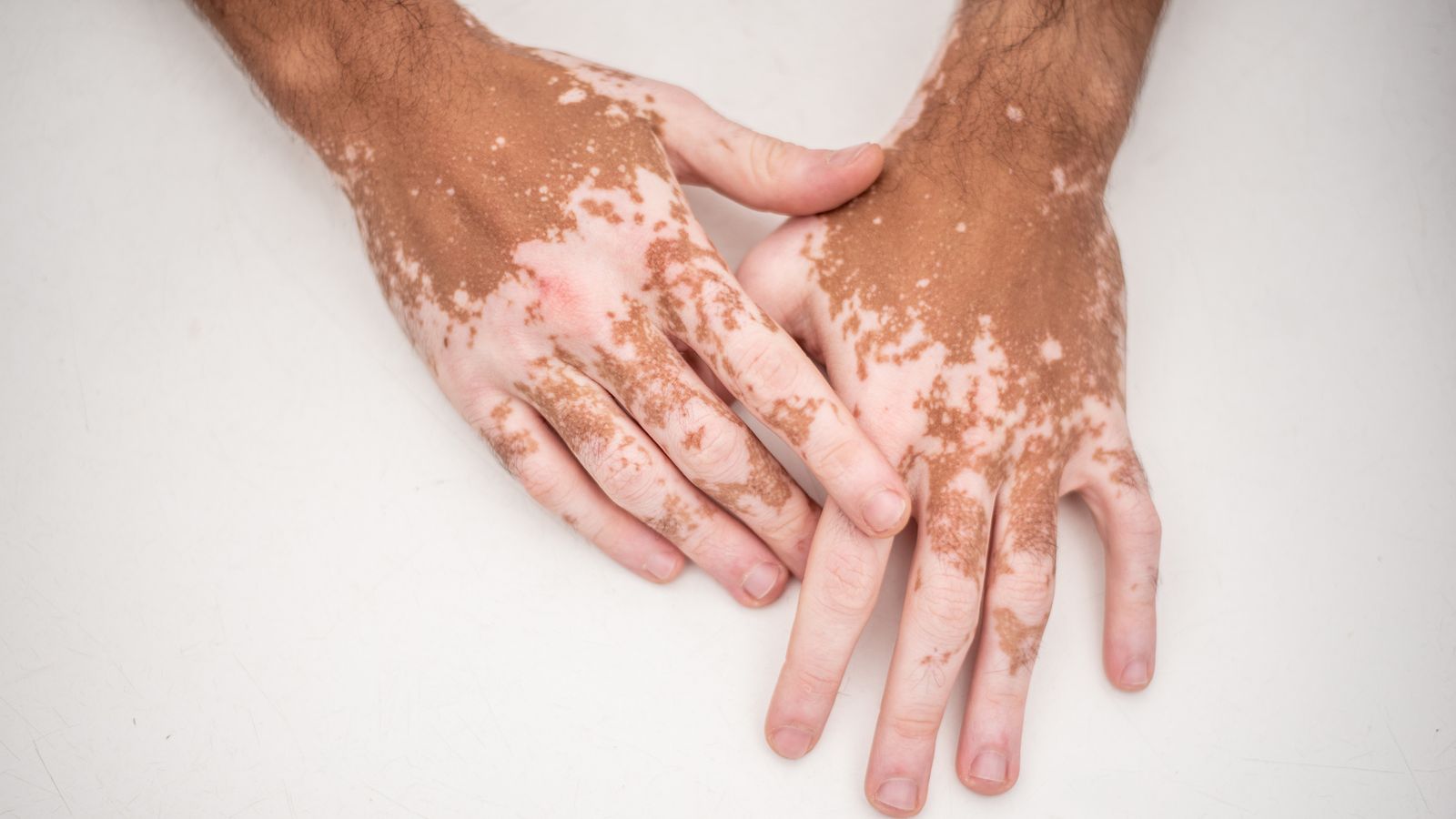A new controversial skin cream that is used for vitiligo, may soon be offered on the NHS if it is approved by UK experts.
The cream is known as Ruxolitinib, a treatment for vitiligo and will be available for people aged 12 years and over.
On the National Institute for Health and Care Excellence (NICE), it says the medication is awaiting development and its expected release date will be on 28 February 2024.
Ruxolitinib, which is also known by its brand name Opzelura, must be prescribed to the patient by a doctor.
The treatment will need to be monitored by the doctor during the course of its use.
The cream is said to get rid of white patches and return the skin to its natural colour.
However, on the official website, it is said that it is not known if the cream “is safe and effective in children less than 12 years of age with nonsegmental vitiligo.”
There has been safety guidance and information released on its website to indicate proper usage.
It states the medication should be used for “short-term and non-continuous chronic treatment of mild to moderate eczema (atopic dermatitis) in non-immunocompromised adults.
“Children 12 years of age and older whose disease is not well controlled with topical prescription therapies or when those therapies are not recommended.”
In 2022, the Food and Drug Administration (FDA) authorised Ruxolitinib Opzelura, as the first at-home treatment for non-segmental vitiligo.
This kind of treatment was previously used to treat atopic dermatitis, myelofibrosis, essential thrombocythemia, and polycythemia vera, according to the FDA website.
The FDA says the cream functions by “lowering an individual’s enhanced immune response,” which then pushes the development of new skin cells.
This means that it will reintroduce pigment to the affected area.
What is vitiligo?
Vitiligo is a condition that causes loss of skin colour and where pale white patches develop on the skin.
It is caused by the lack of a pigment called melanin in the skin.
The discoloured areas that are affected can get bigger over time, with the face, neck and hands commonly being affected by it.
Vitiligo can affect people of all skin types but may be more noticeable in people who have brown or black skin.
The areas of skin most commonly affected by vitiligo, according to the NHS, are:
– Armpits
– Mouth and eyes
– Genitals
– Groin
– Inside the mouth
The NHS also states that the skin condition can develop in areas where there are hair roots, such as the scalp.
“The lack of melanin in your skin can turn the hair in the affected area white or grey,” the NHS website reads.
Read more:
‘Skinometer’ can detect skin cancer that’s invisible to the human eye
Whisky’s ingredients can help keep skin healthy – breakthrough study
There are two types of vitiligo, these are: non-segmental vitiligo and segmental vitiligo.
Non-segmental vitiligo can appear on both sides of the body as symmetrical white patches.
According to the NHS, non-segmental is the most common type of vitiligo and can affect 9 in 10 people with the condition.
With segmental vitiligo, only one area of the body is affected by the patches – this is a less common condition.






